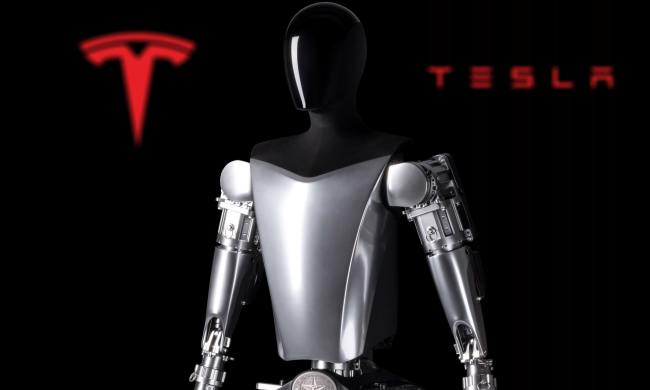While this may seem like a far-fetched dream, GM executives say that if approved, the vehicle could enter the company’s commercial ridesharing fleet as early as 2019. Should this timeline be realized, the Cruise AV will become one of the very first autonomous cars in the ridesharing industry, and certainly one of the first to go completely sans steering, brakes, and throttle. Rather than having a driver’s seat, there will simply be another front seat. And to make mobility even breezier, the Cruise AV will be able to open doors for passengers, as well as accommodate hearing and visually impaired customers.
In order to get the Cruise AV onto U.S. streets, GM will have to petition the National Highway Traffic Safety Administration to adjust some rules (since they won’t apply to a fully self-driving car). For example, while there will be an airbag in the left front seat, it won’t come from a steering wheel, as there will be none to speak of. That means that NHTSA will have to green light the placement of an airbag somewhere more creative. In total, GM is requesting 16 adjustments to present vehicle safety rules from the national body, and will then have to attain approval from individual U.S. states as well. The automaker, however, doesn’t seem all that concerned, given that seven states have already approved the alternations it’s seeking.
As far as design is concerned, Reuters reports that the proposed car is in fact a rebranded version of GM’s Chevrolet Volt EV, which means that the car will not only be autonomous but eco-friendly, too. It’s unclear when or where the autonomous EV will begin testing, but we’re certainly on the edge of our seats awaiting further details.


